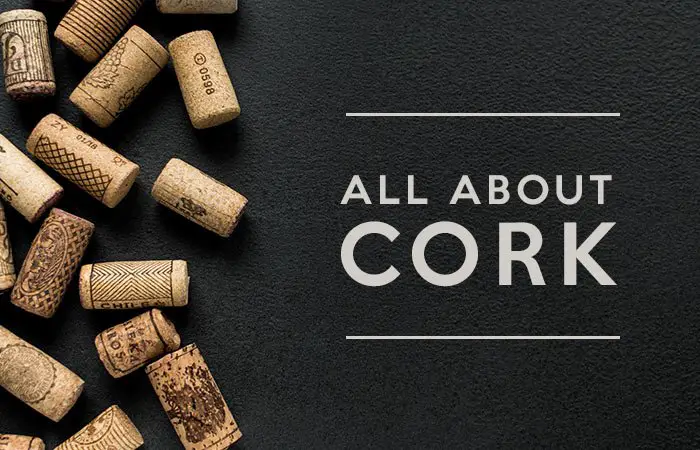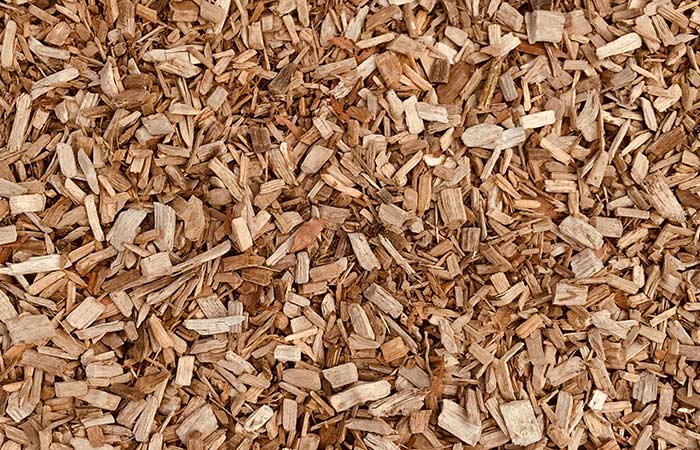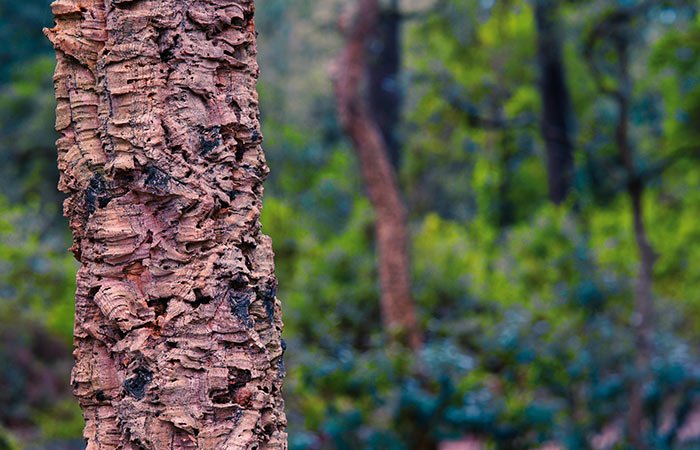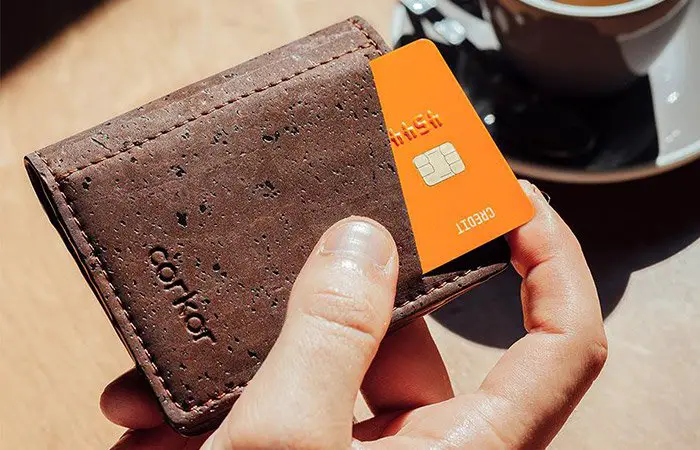
What is Cork Leather?
A Guide to Cork Material!
So, maybe you’ve noticed some merchandise made of cork, and maybe you’re even considering buying something that utilizes the material. You’ve likely run into cork plenty of times throughout your life. But believe it or not, cork material is more than just your average bulletin board that holds onto your grocery list. It’s a remarkable and functional material with various benefits and uses, and it deserves some recognition.
Plenty of items make good use of cork—wallets, bags, and so much more. Not to mention, it’s a fantastic alternative to animal leather, and it’s durable enough to last.
Nonetheless, it’s natural to wonder how the whole process works. After all, it seems unnatural to use cork for anything more than the bottle stopper to your favorite wine. To give you a better idea of the material and all its benefits, we’ll dive deep into the ins and outs of cork.

The History of Cork
Before diving into the details of cork materials, it’s essential to acknowledge the history of cork itself and gain some insight into what it is.
Much like paper, oxygen, and plenty of other resources we humans rely on, cork begins as a small seed. It is a natural material that derives from the bark of the cork oak tree. Cork trees have been around for thousands of years, even dating back to Ancient Egypt. People have made good use of the tree bark for centuries, utilizing the buoyant material as fishing net floats, floatation devices, sandals, and even insulation for homes. Many individuals also relied on cork for flooring; its spongey consistency allowed for more comfort and kept pests at bay.
Throughout the years, cork has become widely popular for its sealant properties. The first person to use cork as a bottle stopper was Pierre Perignon, who, in 1688, began sealing his champagne bottles with cork and wire. Since then, it has been a trusty source for bottling wine and other beverages.
In 1890, a German company devised an innovative solution for binding cork and rolling it into sheets, allowing it to be cut and used for any purpose desired. Following in their footsteps, creative minds have continued to design new ideas for using cork material, making it the popular material it is today.

How Cork Material is Made
The cork tree grows thick layers of bark, which is stripped and later transformed into the material we know and love today. The cork tree naturally grows in a few select areas of the world, particularly in European countries, including Spain, Portugal, and Italy.
Cork trees are an incredible exhibit of nature’s abilities; once harvesters collect the bark, it grows back. The same tree produces cork several times over its lifetime. Trees can be harvested every ten years or more, and since most cork trees grow and thrive for more than 200 years, each can be harvested approximately sixteen times.
Harvesting Cork
Harvesters typically gather cork tree bark using a specially designed hatchet. They cut into the tree’s trunk—being careful not to harm the living portion of the tree—and gently remove the bark. The bark is generally collected from the tree’s trunk, but it can also be taken from the lower branches of larger trees.
Making Cork Leather
Once the cork tree bark is collected, the slabs are stacked and left outside to air dry for six months. In general, the outside air and natural weather help the bark flatten, strengthen, and cure so it can later be treated.
After completely dried, the cork material is treated with steam and boiling water to remove any tannins and dirt left behind. This process also enables the bark to become flexible and soft, allowing it to easily be utilized. Then, the outer layer of the cork is scraped off, and what is left is pressed into blocks. The blocks are later sliced into thin sheets, which are used for various items and accessories. The entire process of harvesting and making cork material is 100 percent natural and chemical-free.

Benefits of Cork Material
Cork has several advantages that make it one of the most reliable and sustainable materials available. Aside from its all-natural components, cork material also offers the following benefits:
- Extremely durable and will last through everyday wear and tear
- Super soft and flexible
- Environmentally friendly
- Vegan
- Scratch-proof and stain-resistant
- Naturally water-repellent and flame-retardant
- Lightweight (cork is over 50 percent air!)
- Unique looking and fashionable
If you’re contemplating investing in a cork accessory, this is your sign to hop off the fence and head to the store. Cork is an extraordinary material that provides plenty of durability, sustainability, and style for all your individual needs. Not only is it going to benefit you, but cork is a quality fabric that you’ll never have to worry about harming the environment or your wallet. Not to mention, its uniqueness will last for years to come.